I test my Zener diode IV characteristic (reverse bias).

It is a 1N4728 3.3V Zener diode, but its exponential IV curve seems like a normal diode with lower I_sat(?)

I test my Zener diode IV characteristic (reverse bias).

It is a 1N4728 3.3V Zener diode, but its exponential IV curve seems like a normal diode with lower I_sat(?)

No, this Zener diode is not broken, it behaves exactly as expected. Low-voltage Zeners have very soft "knees"; that is, they transition slowly to the conducting state as you increase the voltage, which means that they pass a significant amount of current below their rated Zener voltage. Zeners with higher breakdown voltage have sharper knees.
Physically, this is caused by two competing breakdown mechanisms in the Zener diode: The Zener effect, which is based on tunneling, and the Avalanche breakdown, which is caused by impact ionization. Tunneling is a stochastic process, which means that the Zener effect has a slow onset (the higher the voltage, the more likely it becomes for an electron to tunnel), leading to a soft knee. Avalanche breakdown on the other hand has a sudden onset with a clearly defined voltage threshold, causing a sharp knee, because the semiconductor material goes into breakdown immediately when a critical electric field strength is reached - similar to a lightning bolt ionizing air.
Zener diodes are not that great. They do conduct significant (and sometimes unusable) currents below their so-called threshold voltage and, if you compare your graph against the table that you posted in the question, they match: -